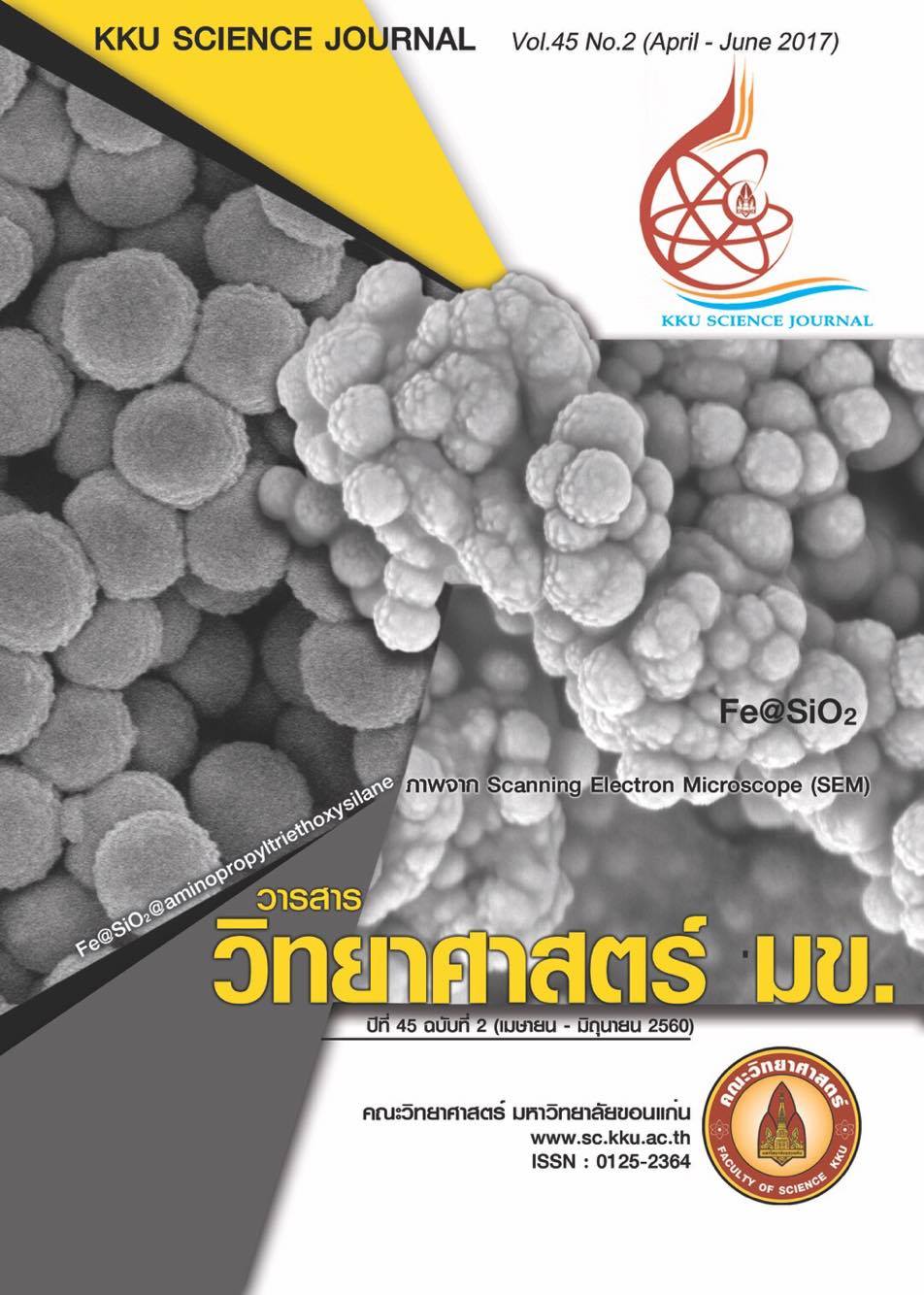Nanoporous Gold for Organic Synthesis and Other Applications
Main Article Content
Abstract
In the past few years, organic synthesis using gold catalyst has gained much attention from organic chemists due to its unique properties. Reactions catalyzed by gold catalyst occur rapidly with high yields of products and with high chemo- and stereo-selectivity. In some cases, the results are better than those of using other metal based catalysts for example; Pd or Ni. However, there are some drawbacks of using gold catalysts or gold nanoparticles in that they require metal support and separation of catalysts from reaction medium is cumbersome in some cases.
Recently, new generation of gold catalysts was synthesized and its ability as catalyst in many organic reactions was studied. This new type of gold catalyst is called “nanoporous gold” (AuNPore) which does not require any metal support and can be prepared easily from dealloy of gold-silver alloy. This catalyst is porous with 3D metal framework so it has high surface to volume ratio. Reactions using nanoporous gold catalysts can occur in high yields and high selectivity. In addition, after the reaction, catalyst can be easily separated from products and be reused many times without losing its catalytic ability and leaching of gold.
Article Details

This work is licensed under a Creative Commons Attribution-NonCommercial-NoDerivatives 4.0 International License.


